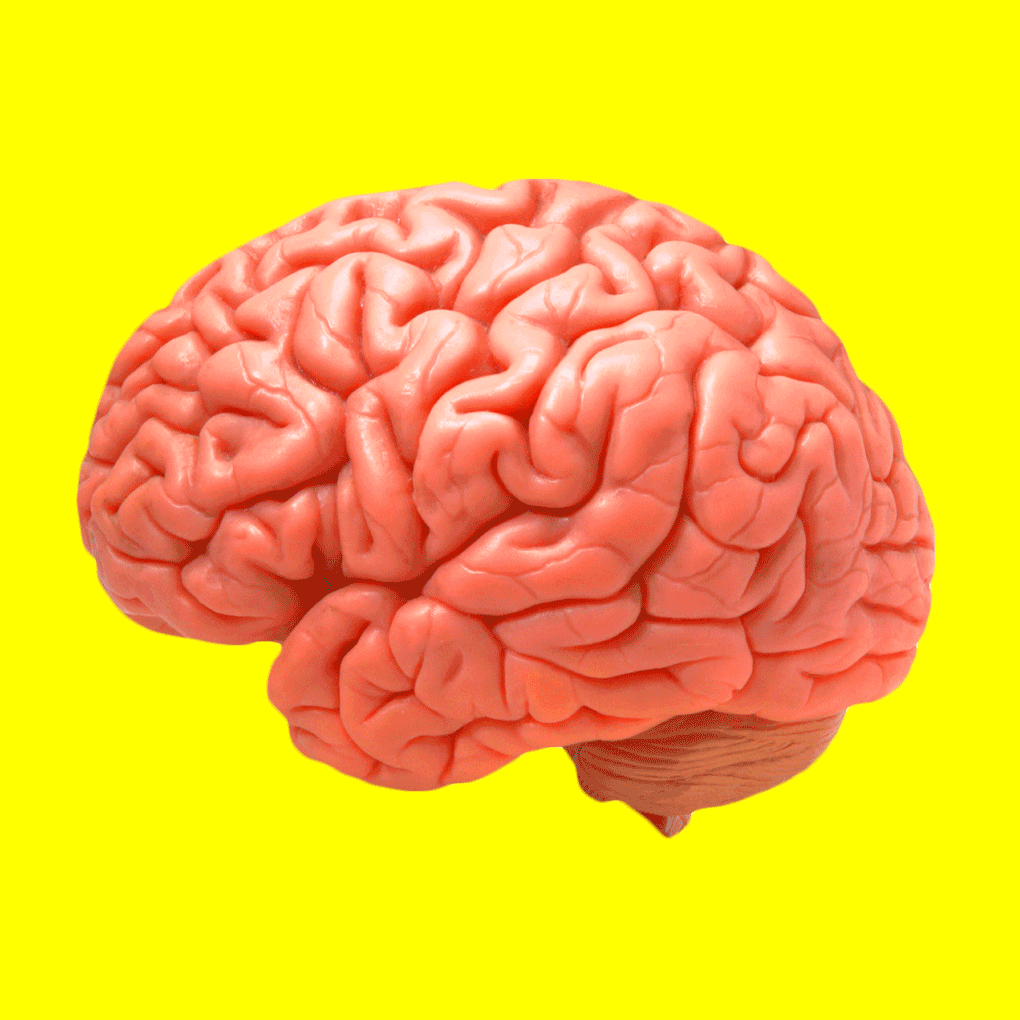The Secret Superpower Of Blind People

Sponsored by Foundation Fighting Blindness
“If you could have any superpower, which one would you choose?” It’s a standard question of bad Tinder opening lines and awkward get-to-know-you activities at work conferences. Classic answers range from invisibility to flight and (my personal choice) the Force. But for some—like those who are blind—superpowers just come naturally.
Yes, that is what I meant. A common theory holds that when one of a person’s five senses isn’t used (often because of damage or impairment), others naturally shift into high gear to pick up some sensory slack. Ray Charles and Stevie Wonder are perfect examples of extremely talented musicians whose auditory systems may have actually had a sensory advantage over those of non-blind people.
And there are studies to back that up. The Hertie Institute for Clinical Brain Research at the University of Tübingen in Germany found that blind people can comprehend speech that is dramatically faster than that which a sighted person could understand.
You know that guy at the end of a prescription drug commercial who lists off a short novel of potential side effects? He’s spewing about 10 syllables per second — the fastest speed that sighted people can process.
In contrast, studies have shown that blind people can hear and understand up to 25 syllables per second—a rate humans can’t even speak at—which sounds like straight-up gibberish to most people. Don’t believe me? Check out some samples:
While observing the brain functions of blind people listening to speech, the researchers found that the regions of the brain normally responsive to visual cues responded to speech instead. This visual region, called V1, is the largest in the brain. Rather than going to waste in the brains of the subjects, their brains re-wired V1 to help with auditory processing. The regions of the brain naturally communicate anyway (think of how watching someone’s lips move helps us understand what they’re saying), and these connections are strengthened in the brains of people who have lost their sight.

One of the researchers’ key findings was that for people who were born blind, the V1 region was unresponsive to visual and auditory cues. This is because in order to activate the region, the brain needs to have recognized visual input at some point.
But, since the brain’s critical development period occurs early on, the later in life someone loses their vision, the less likely the connections between auditory and visual areas are to be made. What this means is: There’s a short-ish period, from the age of two to about 15, during which this auditory superpower is most likely to develop. But when it does happen, the visual region basically repurposes into an auditory comprehension hub.
But when it does happen, there are plenty of practical applications for this faster-than-life speech processing — like allowing blind readers to listen to three audiobooks in the time it would take a sighted person to listen to one.
This unique advantage is a byproduct of the amazing functionality of our brains and their ability to continually adapt. With continued research, other links between brain adaptation and retinal function could lead to a cure for blindness. Join the Foundation Fighting Blindness in funding this type of research as they work toward a cure.
